Follow the Advocate on Twitter @GSA_Advocate
Seagrass meadows to decline in abundance and composition, even in ‘best-case’ scenario
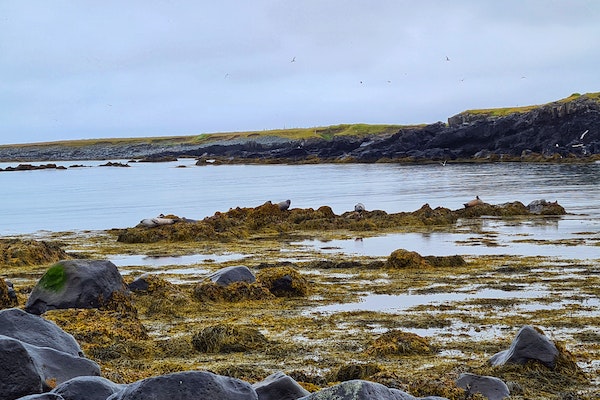
Seagrass meadows may be in danger of disappearing due to the effects of climate change, concludes a new study from Stanford University.
Seagrasses provide grazing grounds for herbivores, like endangered green sea turtles, manatees and parrotfish, as well as shrimp, marine invertebrates and fish. They are also nurseries for roughly 20 percent of the world’s large commercial fisheries. Many marine organisms depend directly on seagrasses for survival, but many more indirectly benefit from seagrasses.
However, with climate change, it’s not fully understood how seagrasses will fare in the future, or if the current network of marine protected areas can save seagrasses.
“The simple question we ask in this paper is, ‘How will seagrasses – which are a foundational group in the marine food chain – respond to climate change?’” said Barnabas Daru, assistant professor of biology in the Stanford School of Humanities and Sciences.
Researchers mapped the location and abundance of each seagrass species using roughly 100 years of seagrass samples collected from coastal ecosystems. They combined these data with records gathered in the field and information gleaned from public databases of seagrass occurrence. Uneven sampling was balanced by using data from well-sampled areas, like North America and Europe, to model predicted seagrass habitats for under-sampled areas like Southeast Asia and the Indo-Pacific.
Next, the research team created global “snapshots” representing the ocean’s climate today, and how it might be in the time periods of 2040–2050 and 2090–2100 using geophysical and environmental data from the Bio-ORACLE website.
For the present and two future time periods, Daru modeled four different scenarios: A “best-case” climate with low greenhouse gas concentrations; two stabilized scenarios where greenhouse gas levels plateaued; and a “worst-case” scenario with high greenhouse gas concentrations. These modeled scenarios included data on sea temperature, salinity, and sea current speed – all variables known to significantly influence seagrass growth, distribution and photosynthesis.
New data platform tackles ‘information gap’ on climate change indicators
Finally, to predict how seagrass populations and distributions might change between the present day and two future time points, Daru applied a computer model of the observed species occurrences to each climate scenario.
Findings revealed that seagrasses will incur widespread reductions in species diversity and composition, with a significant proportion of seagrasses suffering in hotspots that occur outside of the current marine network of marine protected areas. Notably, the researchers found that seagrasses declined in abundance and composition under every scenario they tested, even the “best case” scenario.
“It probably means that ‘the best’ is still not enough,” Daru said. “We have to be more intentional in how conservation efforts are prioritized and this sort of analysis points to the places where these efforts should be done.”
Importantly, findings also indicate that the current network of marine protected areas is insufficient.
“One of the signatures of this modern era of profound human impact on the environment is not even the loss of species, but the reorganization of biotic communities,” said Daru. “The homogenization of communities is likely to lead to a more profound impact on biodiversity than even the loss of species.”
Now that you've reached the end of the article ...
… please consider supporting GSA’s mission to advance responsible seafood practices through education, advocacy and third-party assurances. The Advocate aims to document the evolution of responsible seafood practices and share the expansive knowledge of our vast network of contributors.
By becoming a Global Seafood Alliance member, you’re ensuring that all of the pre-competitive work we do through member benefits, resources and events can continue. Individual membership costs just $50 a year.
Not a GSA member? Join us.
Author
-
Responsible Seafood Advocate
[103,114,111,46,100,111,111,102,97,101,115,108,97,98,111,108,103,64,114,111,116,105,100,101]
Tagged With
Related Posts
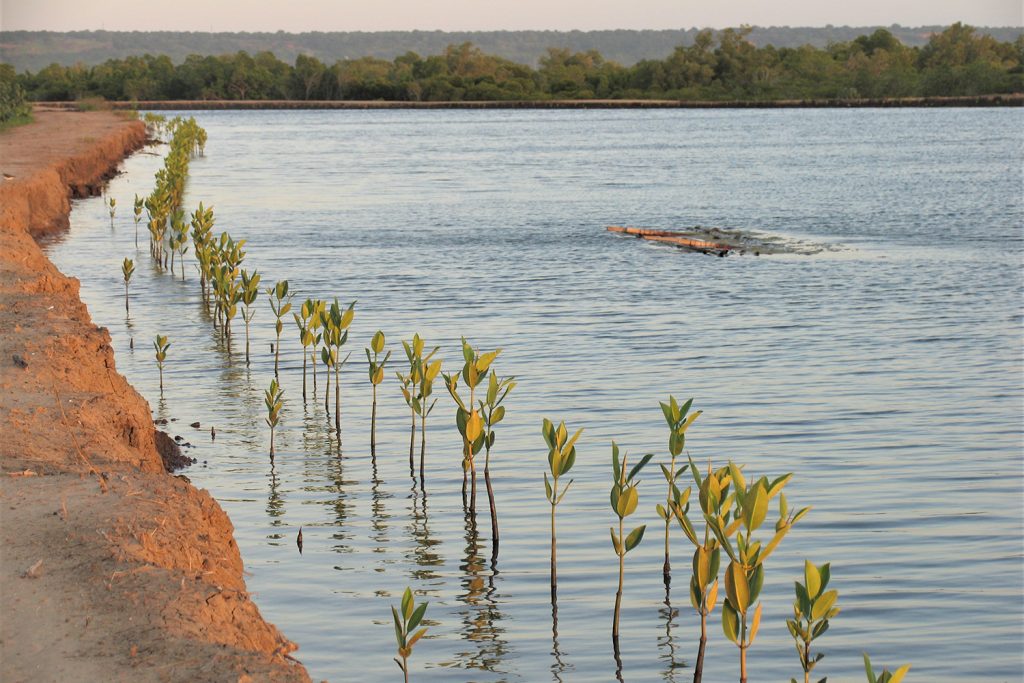
Responsibility
Pathogen filtration is an untapped coastal ecosystem service
Healthy coastal ecosystems are key for pathogen filtration, conservation efforts of threatened host populations and mitigation of disease outbreaks.
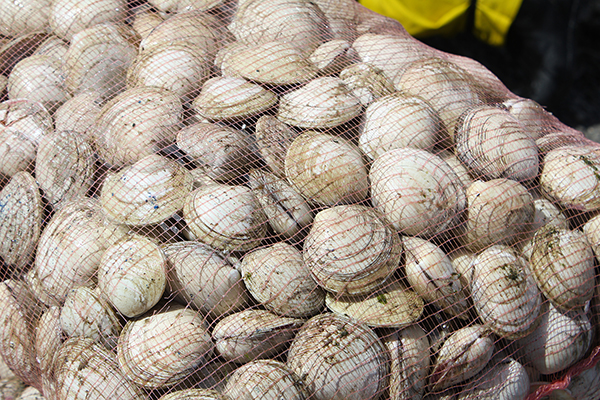
Responsibility
All clams on deck: How restorative aquaculture can repair Florida estuaries
New legislation aims to tackle tough environmental issues in Florida estuaries by bolstering the number of clams and seagrass through restorative aquaculture.
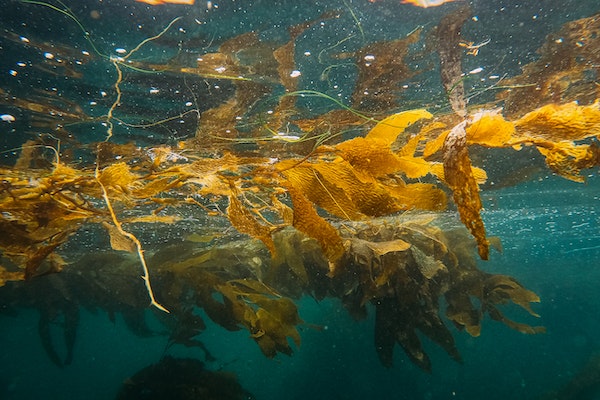
Responsibility
Study: Large-scale seaweed farming for carbon capture ‘may not be feasible’
A new study raises concerns about the feasibility of global seaweed farming as a potential large-scale carbon capture solution.
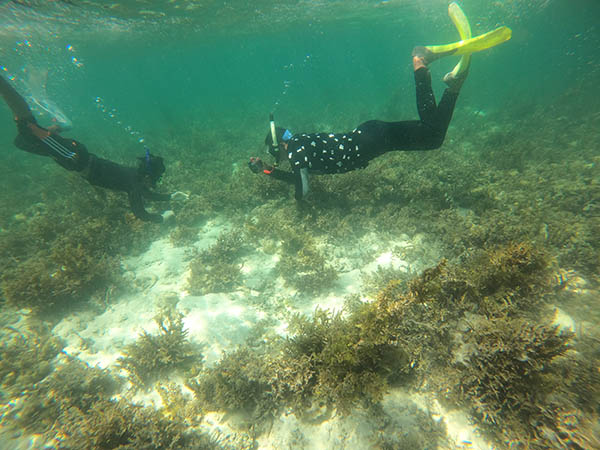
Responsibility
With ocean warming, wild seaweed stocks risk collapse without protection, experts warn
With ocean warming, scientists warn that urgent international protection measures need to be implemented to protect wild seaweed stocks.



